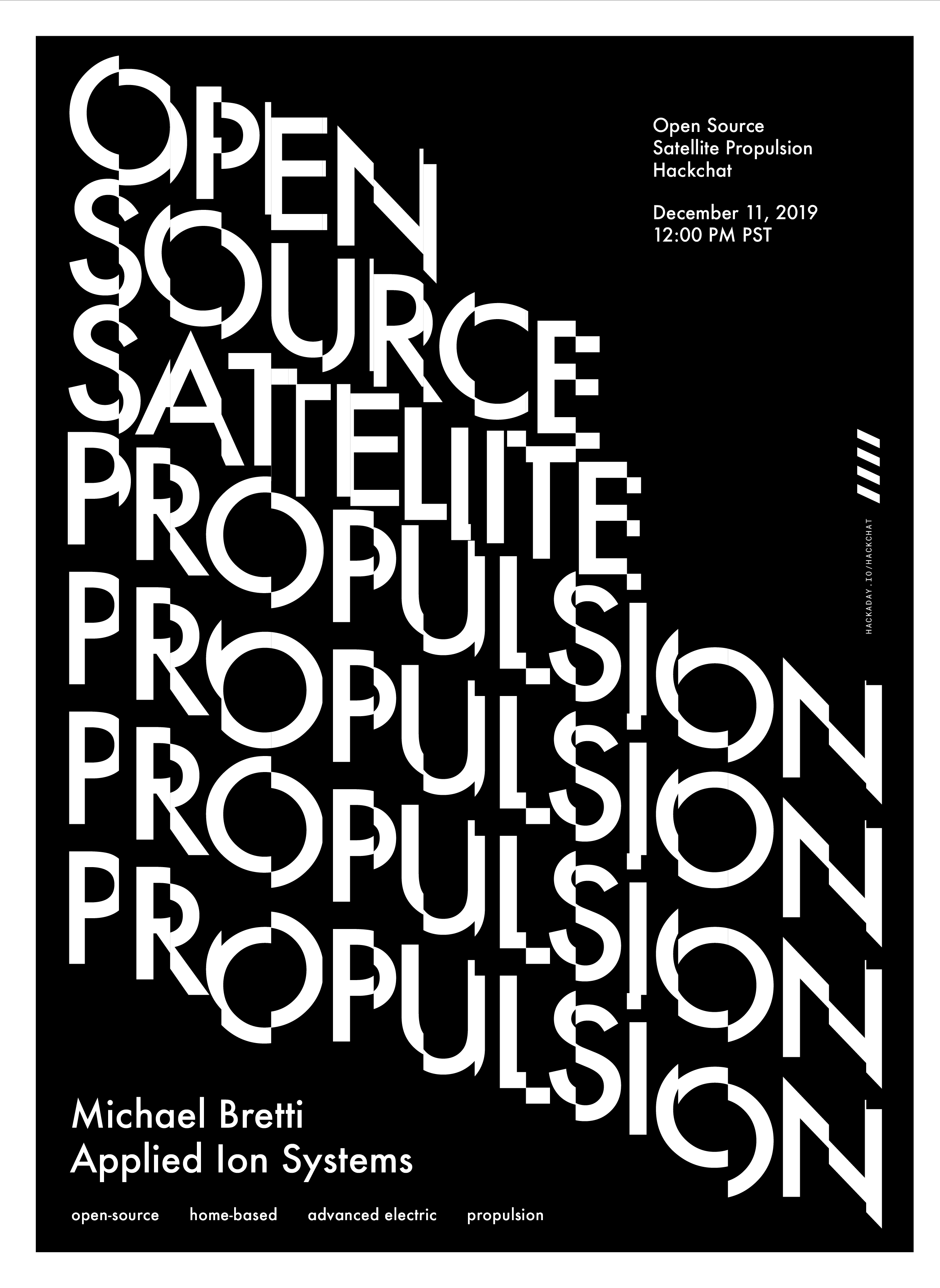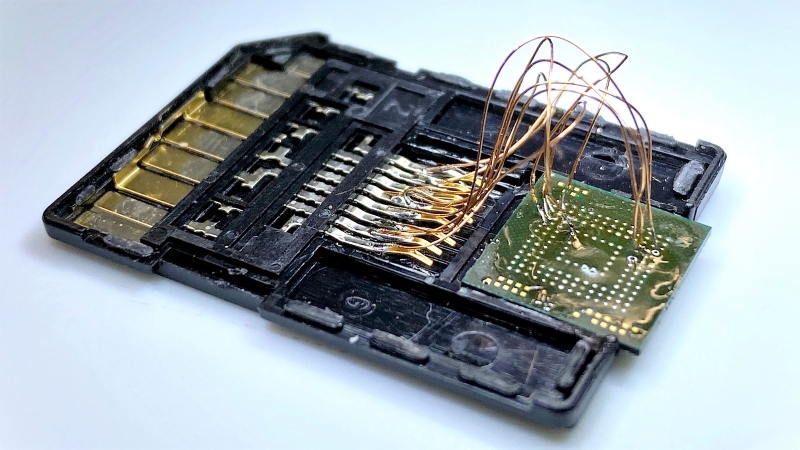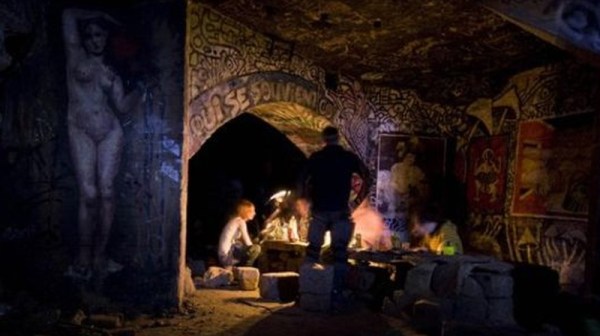Join us on Wednesday, December 11 at noon Pacific for the Open-Source Satellite Propulsion Hack Chat with Michael Bretti!
When you look back on the development history of any technology, it’s clear that the successful products eventually reach an inflection point, the boundary between when it was a niche product and when it seems everyone has one. Take 3D-printers, for instance; for years you needed to build one if you wanted one, but now you can buy them in the grocery store.
It seems like we might be getting closer to the day when satellites reach a similar inflection point. What was once the province of nations with deep pockets and military muscles to flex has become far more approachable to those of more modest means. While launching satellites is still prohibitive and will probably remain so for years to come, building them has come way, way down the curve lately, such that amateur radio operators have constellations of satellites at their disposal, small companies are looking seriously at what satellites can offer, and even STEM programs are starting to get students involved in satellite engineering.
Michael Bretti is on the leading edge of the trend toward making satellites more DIY friendly. He formed Applied Ion Systems to address one of the main problems nano-satellites face: propulsion. He is currently working on a range of open-source plasma thrusters for PocketQube satellites, a format that’s an eighth the size of the popular CubeSat format. His solid-fuel electric thrusters are intended to help these diminutive satellites keep station and stay in orbit longer than their propulsion-less cousins. And if all goes well, someday you’ll be able to buy them off-the-shelf.
Join us for the Hack Chat as Michael discusses the design of plasma thrusters, the details of his latest testing, and the challenges of creating something that needs to work in space.
 Our Hack Chats are live community events in the Hackaday.io Hack Chat group messaging. This week we’ll be sitting down on Wednesday, December 11 at 12:00 PM Pacific time. If time zones have got you down, we have a handy time zone converter.
Our Hack Chats are live community events in the Hackaday.io Hack Chat group messaging. This week we’ll be sitting down on Wednesday, December 11 at 12:00 PM Pacific time. If time zones have got you down, we have a handy time zone converter.
Click that speech bubble to the right, and you’ll be taken directly to the Hack Chat group on Hackaday.io. You don’t have to wait until Wednesday; join whenever you want and you can see what the community is talking about.




















